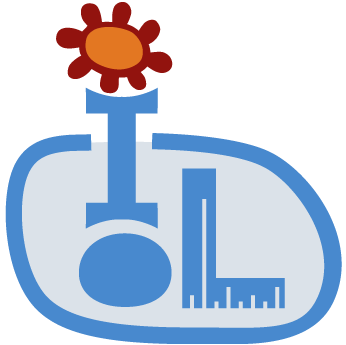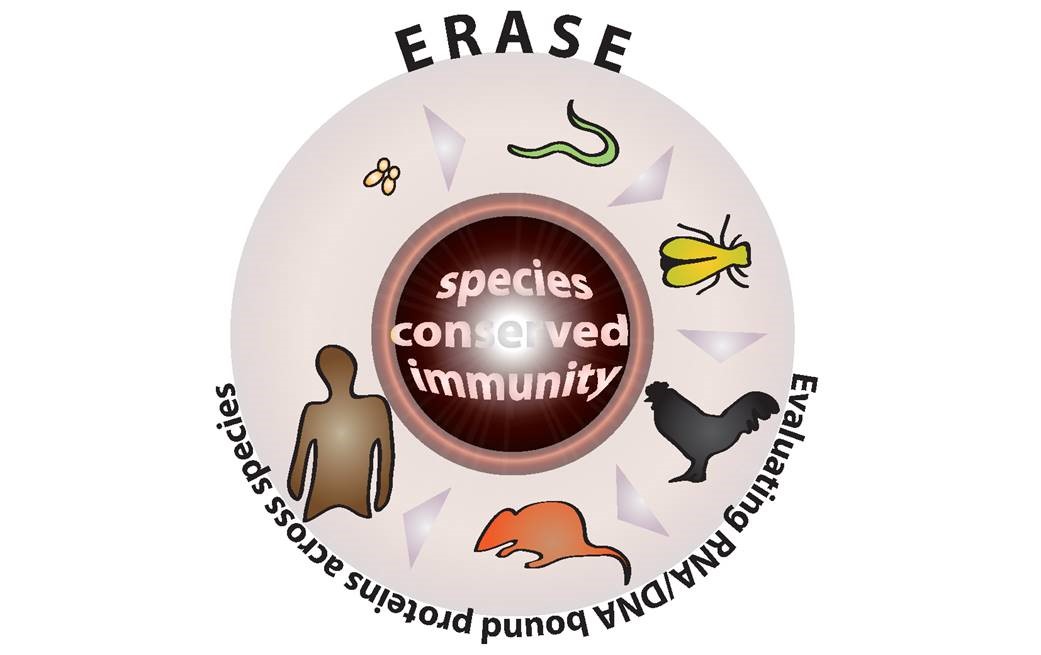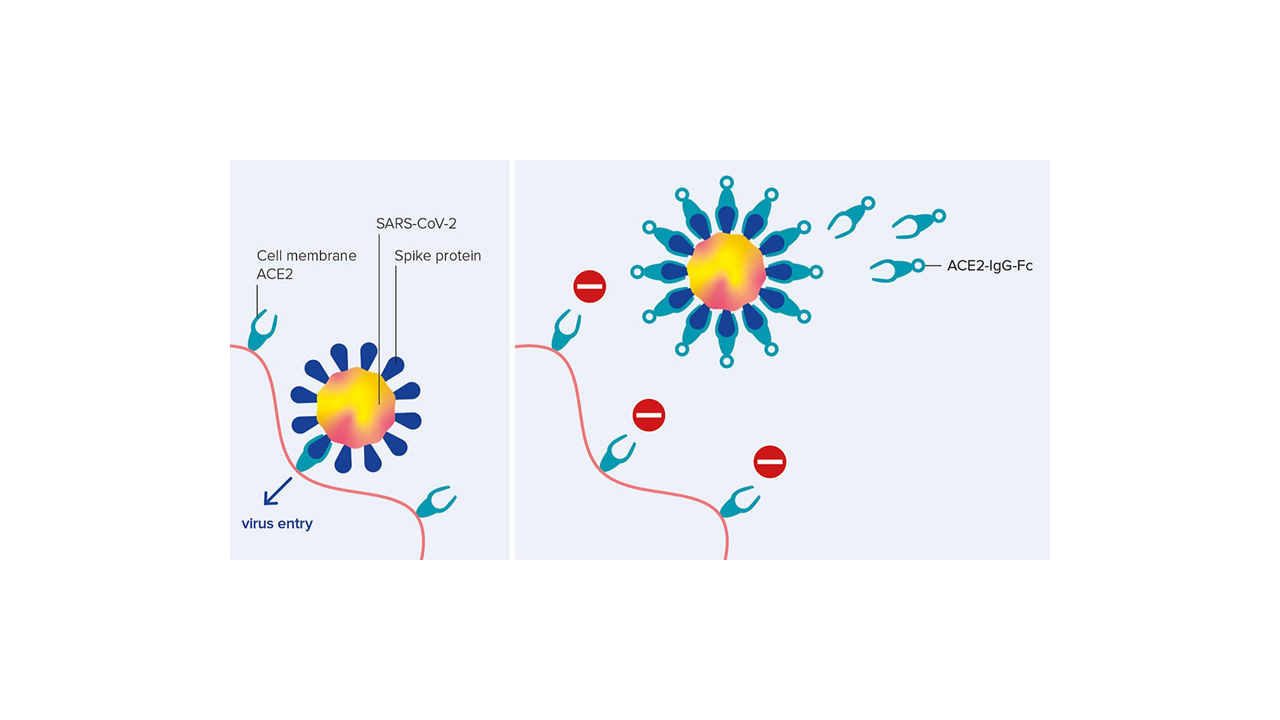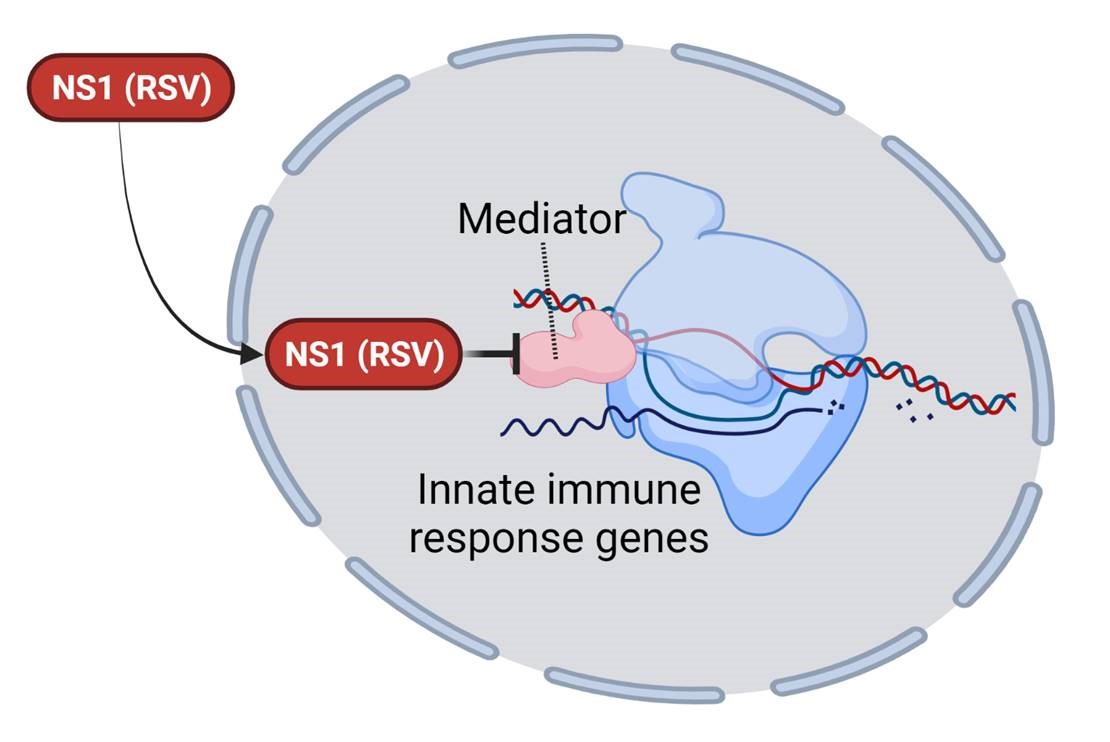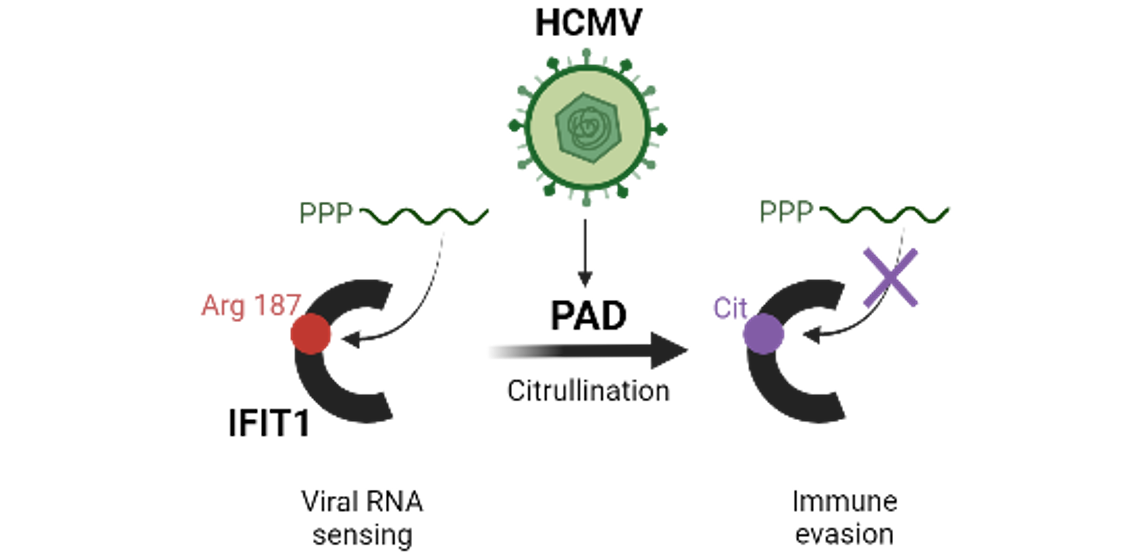We are very happy that our manuscript on evolutionary conserved viral nucleic acid binding proteins was published in Nature Communications.
It describes the most comprehensive evaluation of viral nucleic acid interactions in human, mouse and flies. We used conservation of binding properties over evolution to identify proteins that are relevant for innate immunity.
This was a great collaborative effort particularly between our laboratory and the laboratories of Jean-Luc Imler and Carine Meignin. Congratulations to Rike, Chris, Alexey, Line, Vincent, Teresa, Cathleen, Lila, Matthias & Andreas!
Read more in the Nature Communications paper: Cross-species analysis of viral nucleic acid interacting proteins identifies TAOKs as innate immune regulators
